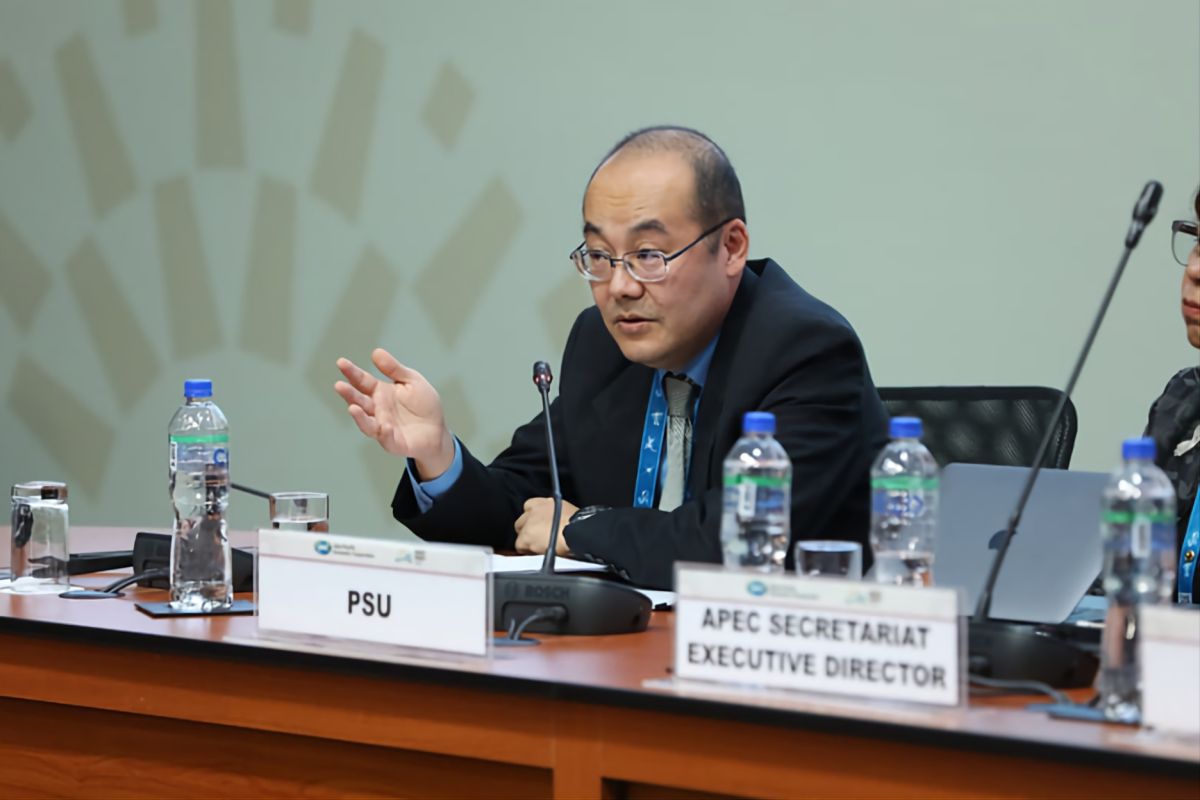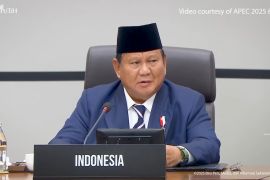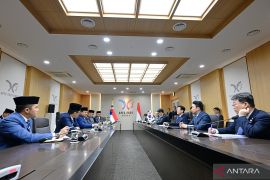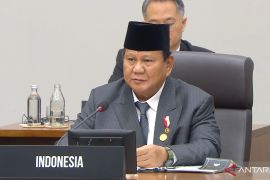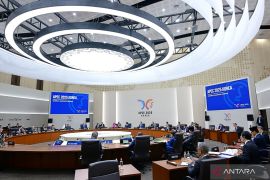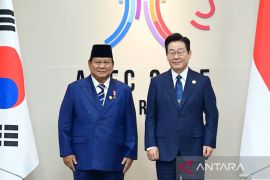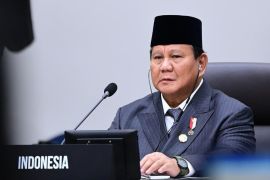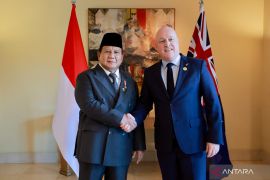It was stated in the latest report by the APEC Policy Support Unit (PSU), according to a release issued by the APEC Secretariat and received here on Thursday.
"APEC’s economic growth is outpacing the 3.2 percent global growth. Government spending as well as the health services sector, especially the solid recovery of travel and tourism, have also contributed to this expansion," Carlos Kuriyama, director of the APEC Policy Support Unit, stated.
"However, we are seeing a moderation in economic growth in 2025 and 2026 due to geopolitical uncertainties, trade protectionism, and fluctuations in commodity prices," Kuriyama remarked.
He affirmed that such challenges call for stronger multilateral cooperation between APEC member economies.
The inflation rate has eased steadily, posting an average of 3.9 percent last year as compared to 5.9 percent in 2022. It is expected to decrease further to 2.9 percent this year. However, the report cautioned economies not to let their guards down.
“With inflation showing signs of moderation, economies are expected to lean toward easing their monetary policy rates to support growth,” Rhea C. Hernando, an analyst with the Policy Support Unit, stated.
“Nevertheless, economies need to stay alert to dampen inflationary pressures that could come from possible supply chain disruptions, such as reduced crude stock in key oil-producing economies, alongside ongoing geopolitical issues as well as exchange rate movements,” Hernando cautioned.
The report noted that in the past 12 months, 17 currencies in the APEC region have depreciated against the US dollar, ranging from -2.1 percent to -16.7 percent as of April 2024.
Another development to watch out for is the extended drought and increased maritime risks observed at the Panama and Suez Canals.
These choke points have led to a significant escalation in freight costs, reaching their peak in late January of 2024 and persisting at levels 50 percent higher than usual as of April 2024 as compared to a year ago.
"Uncertainties have dampened trade activity in 2023, affecting spending decisions and causing sluggish demand," Glacer Niño A. Vasquez, a researcher with the Policy Support Unit, stated.
"Accumulation of restrictive and unpredictable trade policies, such as anti-dumping measures, tariffs, and countervailing duties, continued to increase, which can further curb trade activity," Vasquez added.
Trade numbers are reported to have contracted in 2023, although the report foresees a rebound on the horizon.
The volume of APEC’s merchandise exports grew marginally by 0.3 percent, while imports contracted by 1.4 percent. The value of merchandise trade fell by -6 percent for exports and -6.7 percent for imports.
"Looking ahead, strengthening cooperation in the face of uncertainties is critical to overcoming obstacles and continuing the progress toward sustainable and inclusive growth that we have made since the COVID-19 pandemic," Kuriyama remarked.
"By remaining vigilant, reducing debt and rebuilding buffers, implementing productivity-enhancing structural reforms, and deepening cooperation, APEC economies can effectively navigate the complexities of the current landscape, strengthening economic fundamentals and regional ties for a future that is inclusive, sustainable, and prosperous," he concluded.
Related news: APEC drives toward a sustainable EV supply and value chain
Related news: Ministry pushes MSME financial inclusion at APEC policy dialogue
Reporter: Yuni Arisandy Sinaga
Editor: Anton Santoso
Copyright © ANTARA 2024
